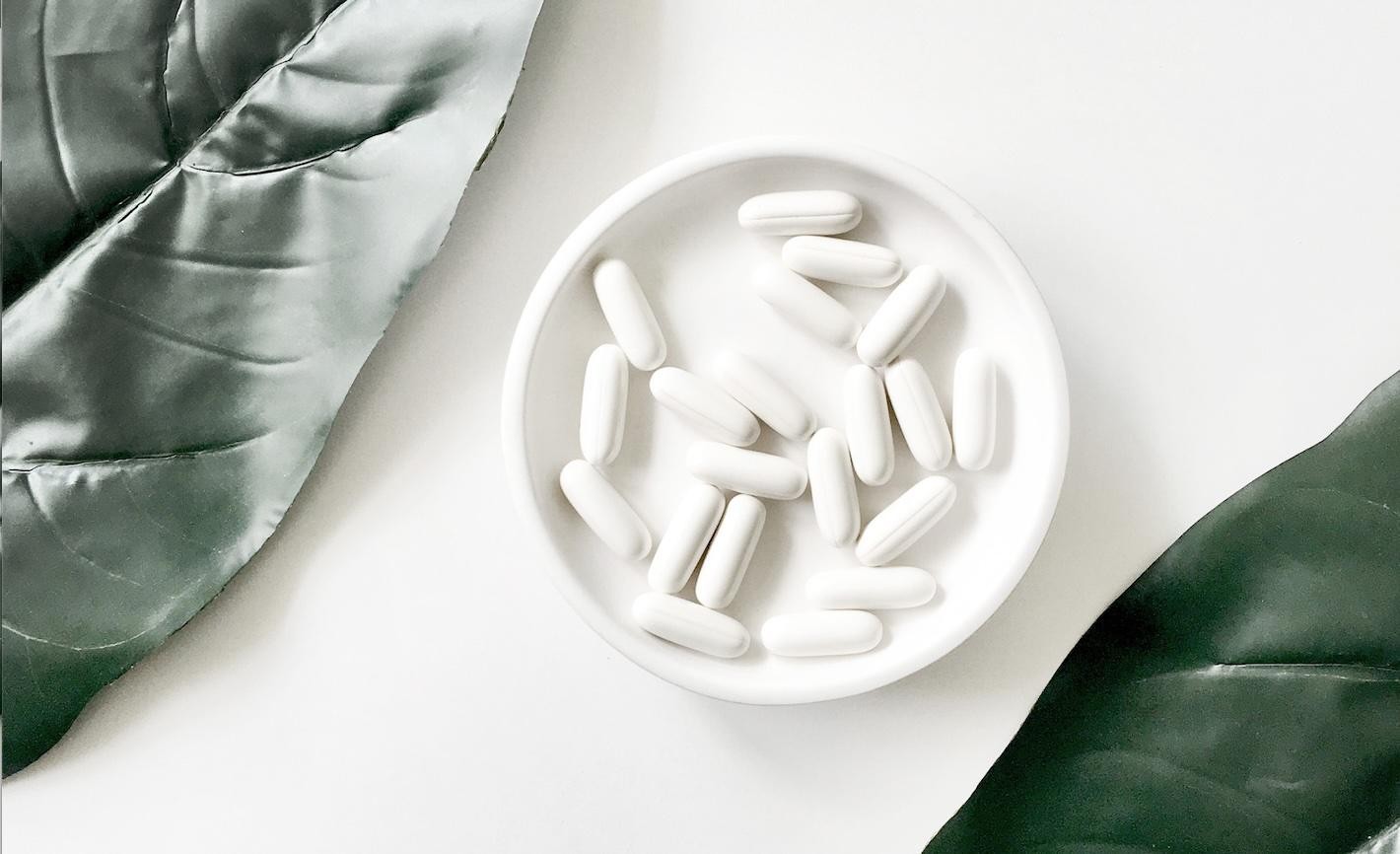Medication adherence
Medication non-adherence is pervasive healthcare problem, accounting for up to $300 billion in U.S. healthcare costs per year. Learn about the tools and solutions available to improve medication adherence.
Most popular
Latest posts

Medication Adherence Fatigue: Why You Miss Doses at Year-End & How to Stay on Track
Medication Adherence Fatigue, often called pill fatigue, is the emotional and mental exhaustion that comes from managing complex, long-term medication regimens, leading to decreased motivation and skipped doses. It happens when the sheer number of pills and the constant mental math of tracking schedules exceed your mental bandwidth. It isn't laziness; it is the natural result of your brain being overloaded by a complex schedule, added stress or routine disruption.

Conquer Your Mornings: 3 Simple Habits to Improve Medication Adherence
That morning alarm rings, and the day begins. For many, the morning routine includes managing medications or a carefully planned supplement regimen. Whether you're juggling multiple prescriptions or optimizing your health with supplements, consistency is key to achieving the best results. Yet, life gets busy, and it's surprisingly easy for that crucial dose to be missed. Feeling overwhelmed by your medication schedule? Or perhaps you're looking to fine-tune your supplement protocol for peak performance?

When medication taking goes awry: the varied causes of medication nonadherence
Prescription drugs can improve one’s quality and quantity of life – so why do so many patients not take medications as instructed?





